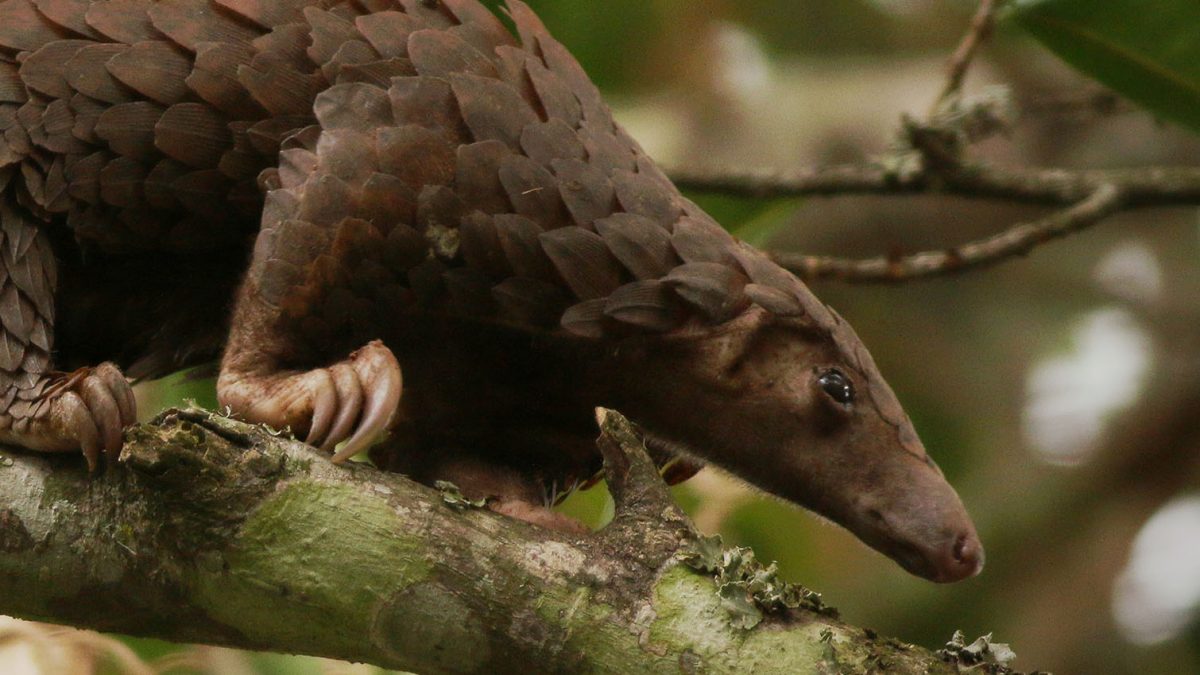WWF-TOYOTA Partnership Extends Conservation Efforts To Thailand In A Step Towards Carbon-Neutral Society By 2050

Thailand’s biodiversity
In a step towards carbon-neutral society by 2050, Toyota extends its partnership with WWF to include conservation efforts in Thailand. Sandwiched between two major biogeographical regions – the Indochinese region in the north and the Sundaic region in the south, Thailand is one of the most biodiverse countries in the world. Unfortunately, many of the species are vulnerable to endangerment. According to the Convention on Biological Diversity under the United Nation (UN)1, threatened species in Thailand consists of 121 mammals, 184 birds, 33 reptiles, 5 amphibians, 218 fishes and no fewer than 1,131 plants. The major threats come from poaching, illegal deforestation due to agricultural expansion, destructive fishing practices, and disturbance caused by tourism and transportation activities.
The conservation efforts under the WWF-Toyota Motor Corporation partnership reached Kaeng Krachan and Kui Buri National Parks in Thailand in 2018. The goal is to improve the monitoring system for tigers and other wildlife inhabiting the protected forest areas. Kaeng Krachan and Kui Buri National Parks are part of Kuiburi-Kaeng Krachan Forest Complex, which spans over 3,000 square kilometres in the southern part of the Dawna-Tenasserim Landscape (DTL) straddling the Thailand-Myanmar border. The biodiverse forest complex has been nominated as a UNESCO Natural World Heritage site.
From Camera Trapping to Research and Implementation
Camera traps, also known as trail cameras, have been deployed to survey the population of the tigers, their prey and other mammal species in Kaeng Krachan and Kui Buri National Parks. The commercial infrared-triggered cameras operate with minimal human interference.
120 of such remotely activated cameras have been installed across the two national parks. These cameras supply crucial information on the population and the distribution of the threatened species. Researchers conduct analyses and design conservation plans to support the preservation and recovery of the species with the camera trap data.
The good news is that, in the past year, the camera traps captured images of leopards, Asiatic black bears, gaurs and pangolins. Two tigers were spotted in Kaeng Krachan National Park and the footprints also reappeared in Kui Buri National Park in early 2019 after their absence for seven years.
The ongoing efforts under this partnership are showing some encouraging results in conserving the biodiversity in the lowland tropical forests within the Dawna-Tenasserim Landscape.
Toyota’s Partnership with WWF
In July 2016, Toyota Motor Corporation inaugurated Global Corporate Partnership agreement with World Wide Fund for Nature (WWF). It was the first automobile manufacturer and the first Japanese corporation to forge such a partnership with WWF. This partnership is an initiative under the Living Asian Forest Project by Toyota Motor Corporation, which aims to conserve tropical forest areas in Southeast Asia. Toyota Motor Corporation pledged an annual grant of US$ 1 million in support of biodiversity conservation and battle against climate change in the five-year partnership. The partnership, which first covered Borneo (Kalimantan) and Sumatra in Indonesia, has been expanded to Thailand.
Toyota Motor Corporation commits itself to build carbon-neutral society by 2050. The Toyota Environmental Challenge 2050 comprises six sub-goals that guide Toyota Motor Corporation’s efforts towards the ultimate 2050 goal. The Living Asian Forest Project, which encompasses environmental efforts such as this partnership, is a branch of the Toyota Environmental Challenge 2050.
For more information on about Toyota Environmental Challenge 2050, please visit https://global.toyota/en/sustainability/esg/challenge2050/, and https://www.wwf.or.jp/campaign/lafp/english/ for more information about WWF’s Living Asian Forest Project.
References
1 Convention of Biological Diversity. (n.d.). Thailand – Main Details. Retrieved from https://www.cbd.int/countries/profile/?country=th

Toyota will support the Living Asian Forest Project, a new series of existing and planned WWF activities to conserve tropical forests and wildlife in Southeast Asia. © WWF
